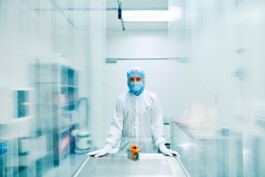
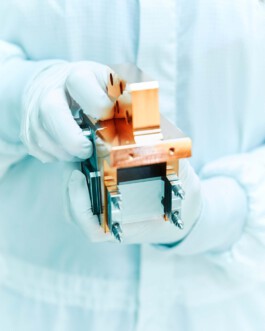
The 3.4 km long European XFEL generates extremely intense X-ray flashes to be used by researchers from all over the world. The flashes are produced in underground tunnels and allow scientists to map atomic details of viruses, film chemical reactions, and study the processes in the interior of planets.
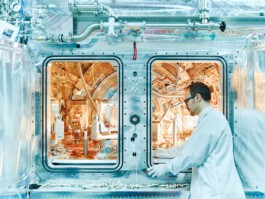
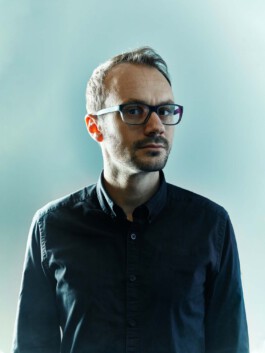
Ulf Zastrau
Group Leader HED – High Energy Density
The High Energy Density (HED) scientific instrument combines hard X-ray free-electron laser radiation, high intensity lasers and high-pressure cells. This unique set-up allows scientists to generate matter under extreme pressures and temperatures simulating, for example, the conditions inside exoplanets and stars. The so-called ‘hutch’ where the experiments are carried out has extra thick concrete walls of up to 1m thick and heavy steel doors to make sure that any radiation produced during the experiments is contained.
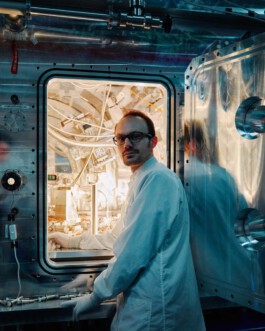
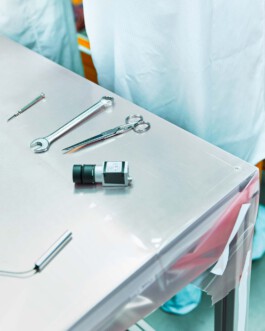
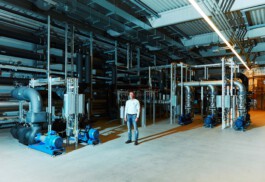
Lorenz Kersting
Group Leader Technical Services
Before working at European XFEL, Lorenz worked on numerous, and at times unusual, construction sites. His jobs ranged from attaching the top of a new telephone tower in Hannover to having one month to completely renovate an entire LNG ship. “I’ve been lucky to have worked in some unusual places across the globe. At European XFEL I like that we are a very diverse work force from many disciplines and corners of the world. That makes our work interesting. I also get to work with some unique machines and equipment, built to enable world-class science. That is a great privilege.“
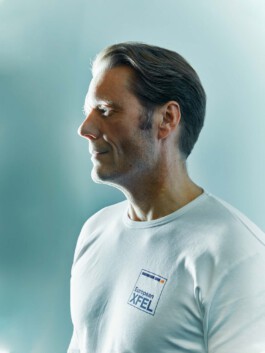
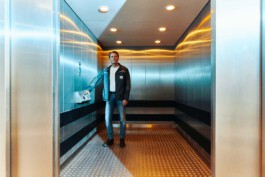
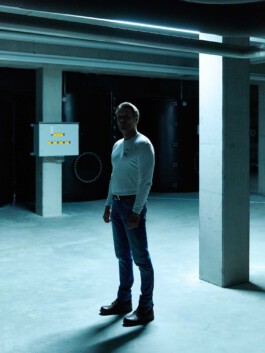
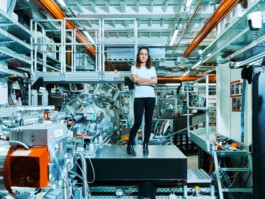

Sakura Pascarelli
Scientific Director
“When I started my career a good scientist with a solid background in physics, X-ray optics or instrumentation, could build a group and build a beamline. That is not possible here at European XFEL. This is so much more complicated. Here you need experts in X-rays, lasers, electronics, detectors. We don’t really know how to measure a femtosecond pulse let alone synchronise it with another laser! To run these instruments we need group leaders who are really good managers. This is so important. It is no longer enough for someone to be just a good scientist.”


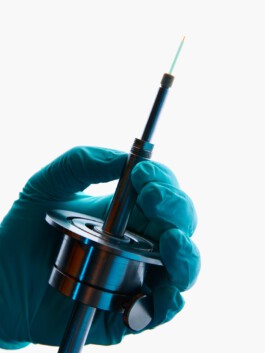
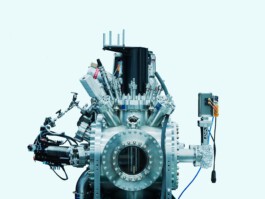
Steve Aplin
Head of Data Department
Steve Aplin first came to Germany as a young student some twenty years ago. When he wasn’t attending lectures or exploring the pubs in the local area, he worked at the particle accelerator HERA on the DESY campus in Hamburg, initially laying cables for the detector. “In the first month I laid about 5km of cables. I was like a kid in a sweet shop! Everything was so international. It was just brilliant, and so much fun.” Now he is head of the Data Department at European XFEL.
“Most people know me as the data guy since that’s what I’ve been doing for a while now. My role at European XFEL is about bringing people together to do science, and that’s what I love.”
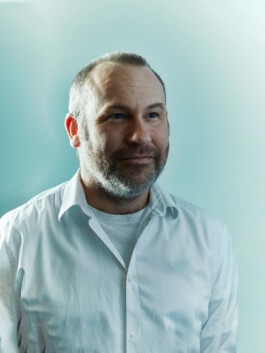

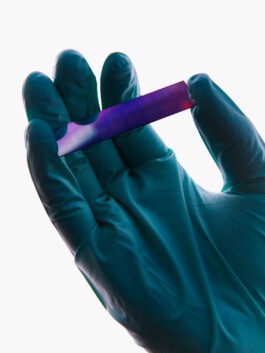
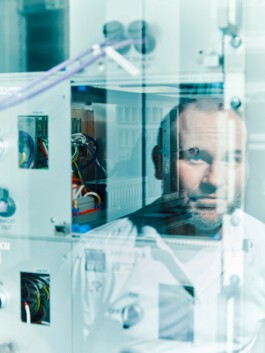
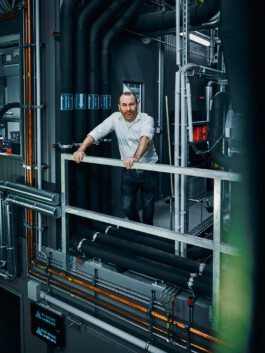
European XFEL
2019


The 3.4 km long European XFEL generates extremely intense X-ray flashes to be used by researchers from all over the world. The flashes are produced in underground tunnels and allow scientists to map atomic details of viruses, film chemical reactions, and study the processes in the interior of planets.


Ulf Zastrau
Group Leader HED – High Energy Density
The High Energy Density (HED) scientific instrument combines hard X-ray free-electron laser radiation, high intensity lasers and high-pressure cells. This unique set-up allows scientists to generate matter under extreme pressures and temperatures simulating, for example, the conditions inside exoplanets and stars. The so-called ‘hutch’ where the experiments are carried out has extra thick concrete walls of up to 1m thick and heavy steel doors to make sure that any radiation produced during the experiments is contained.



Lorenz Kersting
Group Leader Technical Services
Before working at European XFEL, Lorenz worked on numerous, and at times unusual, construction sites. His jobs ranged from attaching the top of a new telephone tower in Hannover to having one month to completely renovate an entire LNG ship. “I’ve been lucky to have worked in some unusual places across the globe. At European XFEL I like that we are a very diverse work force from many disciplines and corners of the world. That makes our work interesting. I also get to work with some unique machines and equipment, built to enable world-class science. That is a great privilege.“





Sakura Pascarelli
Scientific Director
“When I started my career a good scientist with a solid background in physics, X-ray optics or instrumentation, could build a group and build a beamline. That is not possible here at European XFEL. This is so much more complicated. Here you need experts in X-rays, lasers, electronics, detectors. We don’t really know how to measure a femtosecond pulse let alone synchronise it with another laser! To run these instruments we need group leaders who are really good managers. This is so important. It is no longer enough for someone to be just a good scientist.”




Steve Aplin
Head of Data Department
Steve Aplin first came to Germany as a young student some twenty years ago. When he wasn’t attending lectures or exploring the pubs in the local area, he worked at the particle accelerator HERA on the DESY campus in Hamburg, initially laying cables for the detector. “In the first month I laid about 5km of cables. I was like a kid in a sweet shop! Everything was so international. It was just brilliant, and so much fun.” Now he is head of the Data Department at European XFEL.
“Most people know me as the data guy since that’s what I’ve been doing for a while now. My role at European XFEL is about bringing people together to do science, and that’s what I love.”




